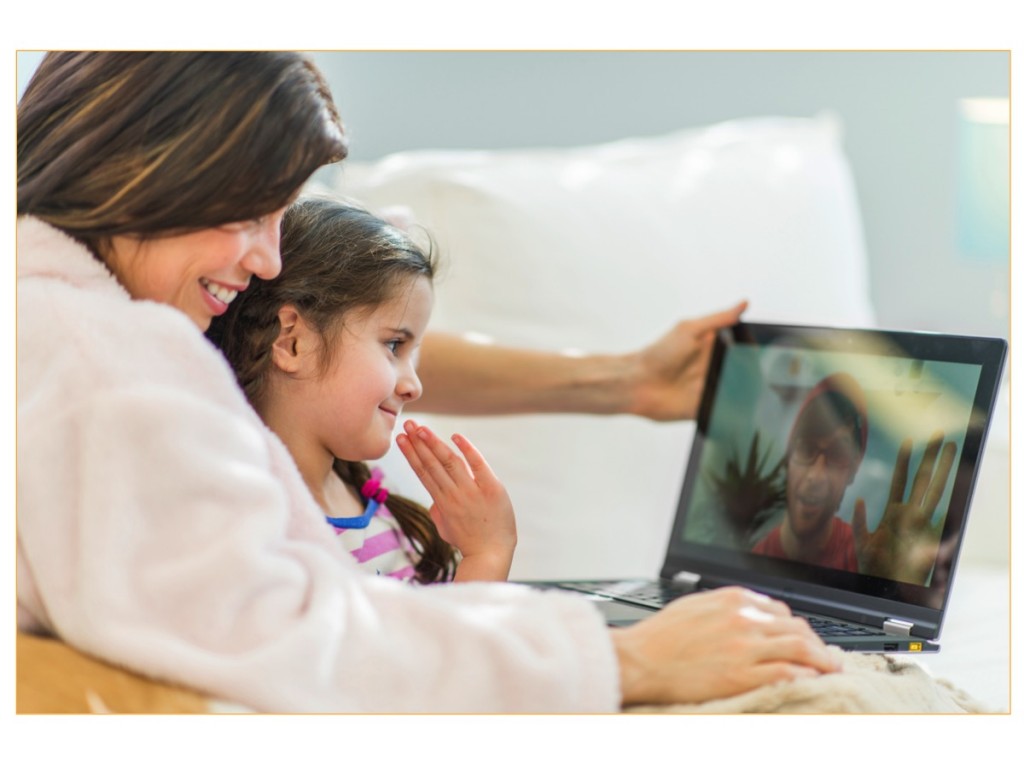
Traditional media sources don’t allow for live interaction. Videos do not provide a direct response to children’s cues. But advances in technology have created opportunities for responsive interactions. One example is video chat programs.
Through video chat, children are not just watching the screen. They can be active participants in a conversation. Many families use video chats to communicate with far-away friends or family members.
And research suggests children learn from this type of communication. Toddlers around two years old can learn new words from a video chat interaction just as well as they do from a live social interaction. However, toddlers do not learn language from watching a traditional video.
Whether it’s in person or on video chat, young children are attuned to what’s going on around them. They notice the type of speech we use, where we are looking, what our actions are, and whether we respond to their behaviors. As children grow, responsive adults can nurture learning through everyday interactions.
In the next part of this module, we will discuss some specific features of face-to-face interactions that make them so important for children’s learning.
-
- Back-and-forth or contingent interactions
- exchanges in which a caregiver times their responses to a child’s behavior
- Imitation
- observing then reproducing, or copying, a behavior
- Infant-directed speech
- a special tone and style of speech used to talk to young children. It’s also called parentese.
- Scaffolding
- the support a caregiver provides a child to help them achieve more than they would be able to accomplish on their own